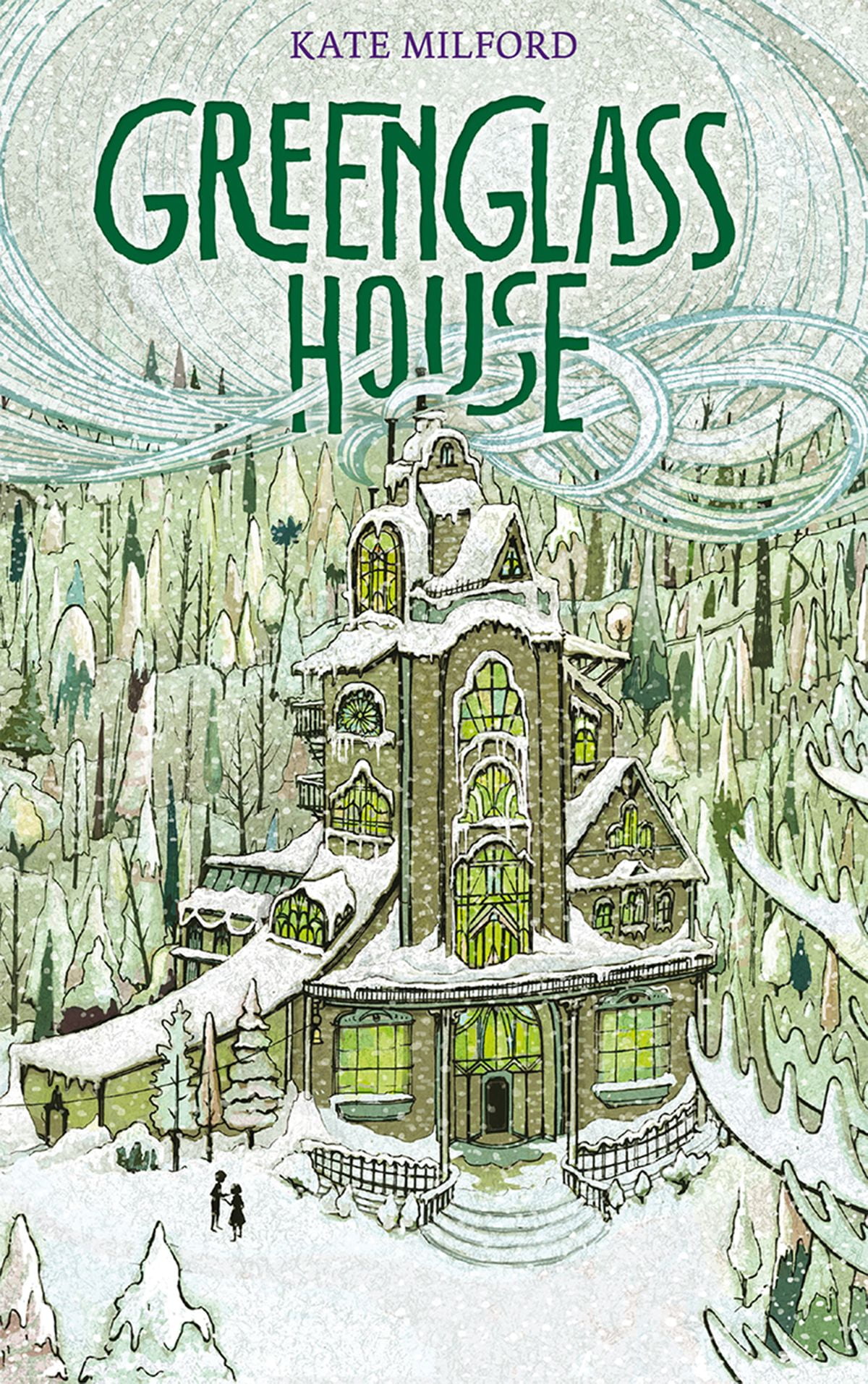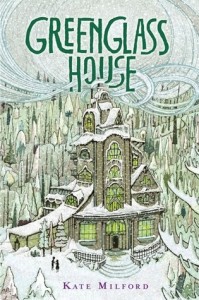

At this point, readers are likely to feel suddenly left behind, as, thanks to summary deus ex machina resolutions, everything turns out swell(ish). This leads up to a vicious climactic fight that sees Good and Evil repeatedly switching sides. Growing into their true natures amid revelations and marked physical changes, the two spark escalating rivalry between the wings of the school. Gradually-too gradually, as the author strings out hundreds of pages of Hogwarts-style pranks, classroom mishaps and competitions both academic and romantic-it becomes clear that the placement wasn’t a mistake at all. When it happens to sweet, Disney princess–like Sophie and her friend Agatha, plain of features, sour of disposition and low of self-esteem, they are both horrified to discover that they’ve been dropped not where they expect but at Evil and at Good respectively. Those who survive to graduate become major or minor characters in fairy tales. At times wryly humorous and at others marvelously unnerving and superbly menacing, this novel delights.Ĭhainani works an elaborate sea change akin to Gregory Maguire’s Wicked (1995), though he leaves the waters muddied.Įvery four years, two children, one regarded as particularly nice and the other particularly nasty, are snatched from the village of Gavaldon by the shadowy School Master to attend the divided titular school. Its rooms and layout will feel familiar to Greenglass House fans, but it’s set earlier in time, with a steampunk focus on cartography, gearwork, and combustion.


Madame Grisaille, Maisie, Petra, and Gregory Sangwin have darker skin while others are assumed White or, in the cases of the beautiful young man Sullivan and the tattooed brothers Negret and Reever, possibly other than human. Several stories of peddlers, choices, crossroads, and arcane clockwork devices point to the mystery, and maps, keys, and music figure prominently. The stories celebrate patterns, numbers, marvelous inventions, puzzles, and possibilities. Milford’s rich, complex language hints of magic and connection, of interwoven fates and tragedies. Each guest is matched with an activity: dancing, building with cards, whittling, offering cigars, binding papers into books. The stories, part morality tales and part facets of a drawing-room mystery, suggest a hidden conversation among the assembly: supplicating, surmising, interpreting, warning.

Twelve guests plus innkeeper, maid, and neighbor Phineas Amalgam (compiler of these tales, according to the title page) make up the company of 15, including one child, Maisie, who is traveling alone. Rain pours down and waters rise as a group of travelers, trapped by the weather in an inn above the river Skidwrack, tell stories.


 0 kommentar(er)
0 kommentar(er)
